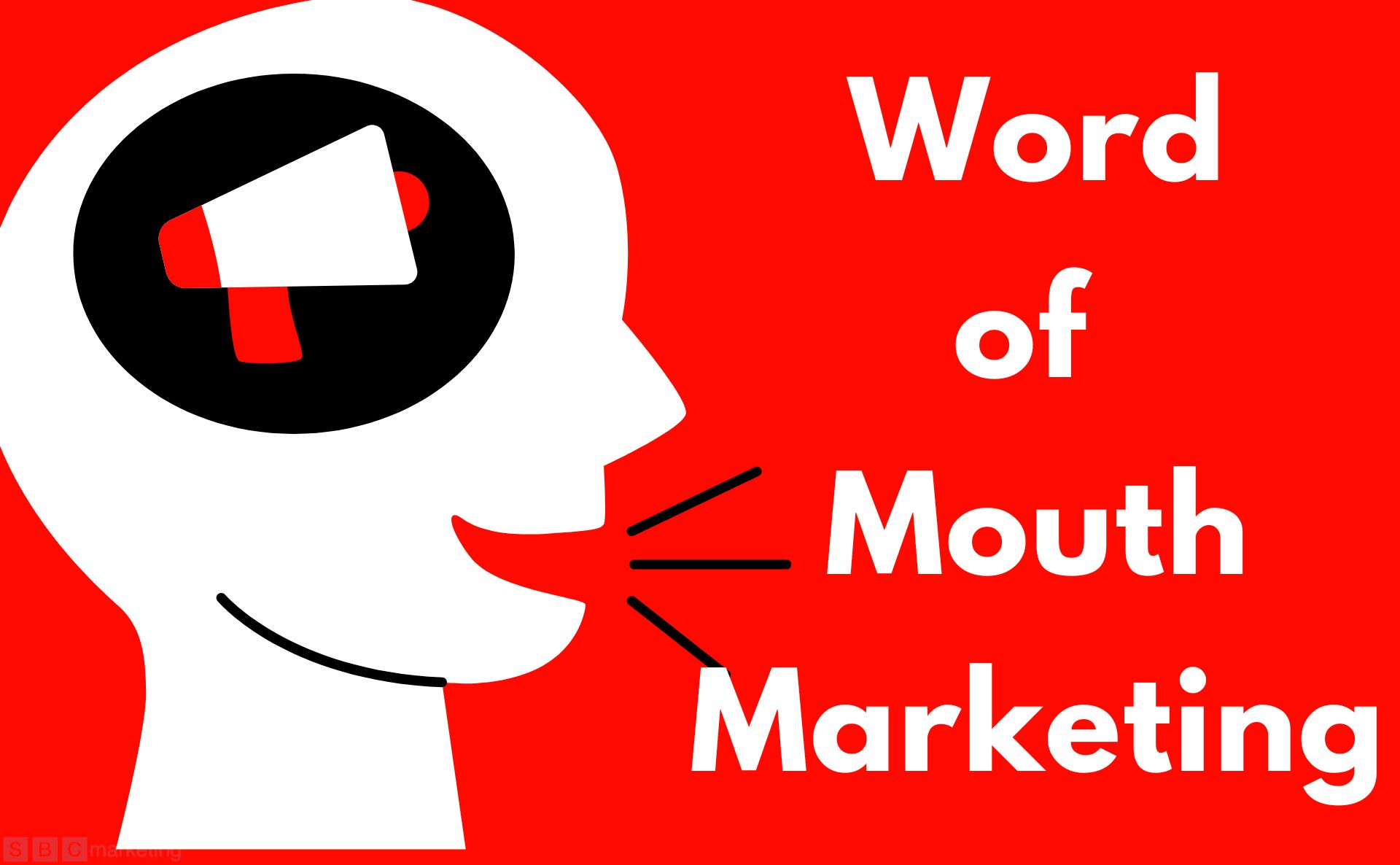Introduction
In today’s hyper-connected digital sphere, paid advertising stands as a cornerstone for businesses aiming to expand their online presence and reach target audiences effectively. As technology evolves and consumer behaviors shift, it’s imperative to anticipate the future trends that will shape the paid advertising landscape. In this comprehensive guide, we delve into the bold predictions and projections that promise to revolutionize the way businesses approach paid advertising strategies.
Navigating the Dynamic Terrain of Paid Advertising
Paid advertising has undergone significant transformations in recent years, fueled by advancements in data analytics, artificial intelligence, and consumer targeting techniques. To navigate this dynamic terrain successfully, businesses must embrace innovation and adapt to emerging trends. Let’s explore the key predictions shaping the future of paid advertising:
The Rise of AI-Powered Advertising Solutions
In the ever-evolving digital ecosystem, AI-powered advertising solutions are set to dominate the landscape, offering unparalleled efficiency and precision in targeting the right audience segments. From personalized ad recommendations to automated campaign optimization, AI algorithms will revolutionize the way businesses allocate their advertising budgets and maximize ROI.
Harnessing Machine Learning for Audience Segmentation
Machine learning algorithms will play a pivotal role in refining audience segmentation strategies, allowing advertisers to identify niche demographics with laser-like precision. By analyzing vast datasets and user behavior patterns, AI-driven segmentation techniques will enable marketers to deliver highly relevant and personalized ad experiences, fostering stronger connections with consumers.
Embracing Omni-Channel Advertising Strategies
As consumers interact with brands across multiple touchpoints, the importance of omnichannel advertising strategies cannot be overstated. In the coming years, businesses will increasingly adopt integrated approaches that seamlessly blend online and offline channels to deliver cohesive brand experiences. Whether through social media, search engines, or traditional media outlets, omnichannel campaigns will enable brands to maintain a consistent presence and drive engagement across diverse platforms.
Optimizing Cross-Channel Attribution Models
Effective cross-channel attribution remains a persistent challenge for marketers seeking to measure the impact of their advertising efforts accurately. However, advancements in attribution modeling techniques, coupled with robust data analytics frameworks, will provide greater clarity into the customer journey across various touchpoints. By understanding the interplay between different channels, advertisers can allocate resources more effectively and optimize their overall marketing mix for maximum impact.
The Evolution of Content-Driven Advertising
In an era defined by content consumption, brands must prioritize engaging storytelling and value-driven narratives to capture audience attention effectively. Content-driven advertising, encompassing formats such as native ads, sponsored content, and influencer collaborations, will continue to gain prominence as consumers seek authentic and meaningful brand interactions.
Unlocking the Power of User-Generated Content
User-generated content (UGC) will emerge as a potent force in the realm of paid advertising, offering brands a compelling way to foster community engagement and build trust. By leveraging UGC platforms and encouraging customers to share their experiences organically, brands can amplify their reach and credibility while tapping into the authentic voice of their audience.
The Advent of Privacy-Centric Advertising Practices
Amid growing concerns around data privacy and consumer protection, advertisers must prioritize transparency and accountability in their advertising practices. The implementation of stricter regulations, such as the General Data Protection Regulation (GDPR) and the California Consumer Privacy Act (CCPA), will compel businesses to adopt more ethical and privacy-centric approaches to targeted advertising.
Navigating the Era of Cookie-Less Advertising
With the phasing out of third-party cookies by major browsers, advertisers face a paradigm shift in how they track and target online users. In response, innovative solutions such as contextual advertising, cohort-based targeting, and first-party data optimization will emerge as viable alternatives, enabling advertisers to deliver personalized experiences while respecting user privacy preferences.
Embracing the Future of Paid Advertising
As we gaze into the horizon of paid advertising, one thing remains abundantly clear: the future is ripe with possibilities and opportunities for brands willing to embrace change and innovation. By staying attuned to emerging trends, harnessing the power of technology, and putting customer experience at the forefront, businesses can unlock new avenues for growth and success in the dynamic digital landscape.

paid advertising
FAQs
- How will AI impact the future of paid advertising?
- AI will revolutionize paid advertising by enhancing targeting precision, automating campaign optimization, and enabling personalized ad experiences tailored to individual preferences.
- What role will omni-channel advertising play in the future?
- Omni-channel advertising will be essential for delivering cohesive brand experiences across diverse platforms, driving engagement, and fostering customer loyalty.
- How can businesses leverage user-generated content in their advertising strategies?
- Businesses can harness user-generated content to amplify their reach, build trust, and foster community engagement by encouraging customers to share authentic experiences and testimonials.
- What challenges do advertisers face in navigating the era of privacy-centric advertising?
- Advertisers must navigate challenges such as the phasing out of third-party cookies, stricter data privacy regulations, and the need for transparent, ethical advertising practices.
- Why is content-driven advertising gaining prominence in the digital landscape?
- Content-driven advertising resonates with consumers seeking authentic brand interactions and value-driven narratives, offering brands a compelling way to engage audiences and differentiate themselves in a crowded marketplace.
- How can businesses adapt to evolving consumer behaviors and preferences in paid advertising?
- Businesses can adapt by embracing innovation, prioritizing customer experience, and leveraging data-driven insights to tailor their advertising strategies to evolving consumer behaviors and preferences.
Conclusion
In conclusion, the future of paid advertising holds immense promise for businesses willing to embrace change, innovation, and customer-centricity. By anticipating emerging trends, leveraging cutting-edge technologies, and fostering authentic connections with their audience, brands can navigate the dynamic landscape of paid advertising with confidence and achieve sustainable growth in an ever-evolving digital world. Let’s discuss your next project










